The Fermi paradox is the apparent contradiction between the expectation that intelligent life would be common in the universe and the lack of any evidence for it.
A possible solution to this puzzle is the zoo hypothesis, which posits that alien civilizations exist but are deliberately hiding from us, perhaps so as not to disrupt our development or to observe us as part of a cosmic experiment.
The zoo hypothesis was first proposed by John Ball in 1973, who argued that any sufficiently advanced civilization would have the ability to hide its presence from less advanced civilizations, and that this might be a common ethical or practical choice among such civilizations.
He wrote: “They are content to leave us alone, perhaps until we reach a certain level of maturity or technology, at which point they will reveal themselves to us.”
There are several possible reasons why an alien civilization would choose to adopt the zoo hypothesis. One of these is the Prime Directive, a concept popularized by the science fiction series Star Trek, which states that no interference should be made in the natural evolution of other cultures or societies.
Another example is the precautionary principle, which suggests that any contact with an unknown civilization could have unpredictable and potentially harmful consequences, both for them and for us.
A third is scientific curiosity, which holds that observing a civilization without influencing it can provide valuable insights into its history, culture, psychology and biology.
However, there are also several problems and challenges with the zoo hypothesis. One of these is the coordination problem, which asks how multiple alien civilizations can agree on a common policy to hide from us, and how they can enforce it among themselves.
Another problem is the motivation problem, which questions why an alien civilization would care about us at all, and why they wouldn’t have any interest in communicating or interacting with us.
A third is the leakage problem, which suggests that hiding from us is not easy or foolproof, and that there may be signs of their existence or activities that we could detect with our current or future technology.
One way to test the zoo hypothesis is to look for signs of leakage, such as artificial radio signals, megastructures, spacecraft, probes or artifacts.
This is the main goal of SETI (Search for Extraterrestrial Intelligence), which has been searching the skies for decades without success.
However, this does not necessarily mean that the zoo hypothesis is incorrect, as it could be possible that alien civilizations are using more advanced or stealthy communication or engineering methods that we cannot detect or recognize.
An additional way to test the zoo hypothesis is to try to break out, sending messages or signals that might get their attention or provoke their response.
This is the main idea behind METI (Messaging Extraterrestrial Intelligence), which has been sending deliberate transmissions to nearby stars since 1974. But this approach is controversial and risky, because it could expose us to hostile or harmful aliens, or violate their rules or preferences. .
The zoo hypothesis is one of the most plausible solutions to the Fermi paradox, but also one of the most difficult and uncertain to verify. It implies that we are not alone in the universe, but that we are isolated and know nothing about it.
The only way to find out if it’s true or not is to keep investigating and looking for evidence of extraterrestrial intelligence, either by looking for signs of their presence or by contacting them directly.






